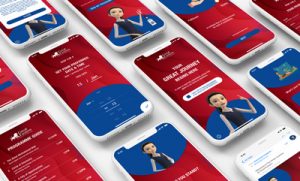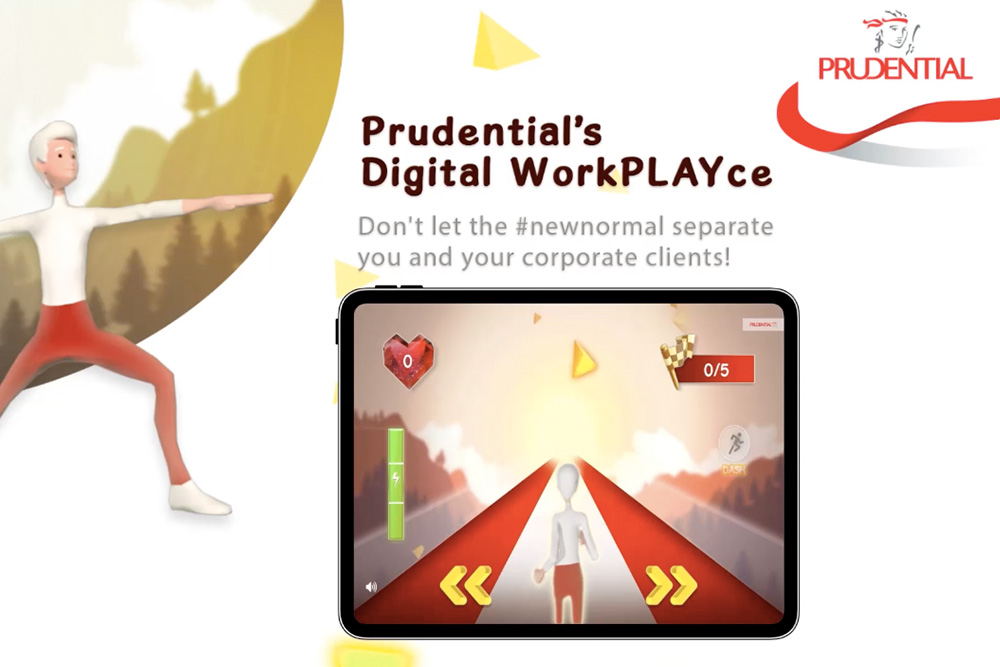In this digital age we live in today, emerging trends have changed and shaped the way we live. For instance, new terms such as UI (User Interface), or UX (User Experience) have highlighted the importance of prioritising the user journey in business strategies. Now, there’s a new one. Have you heard of CX?
What is CX?
CX stands for Customer Experience, a term that refers to the interactions a customer has with a brand over their user journey. These interactions consist of the ways brands choose to engage customers at every touchpoint. From a conversation with a retail assistant to an online purchase on a brand’s website, CX encompasses all aspects of a customer’s journey. A key aspect of CX lies in emotions – how do your customers feel after each interaction with your brand? Emotions are a key driving force of a customer’s actions, be it motivating them to return to your brand for more, or sharing with their friends about an impactful brand experience on social media.
The Importance of CX
A study conducted by Zendesk found that 75% of customers were willing to spend more on brands that provide them with a good customer experience. With the numerous options presented to customers today, customers have a wide range of brands to choose from. As competition between various brands for similar products intensifies, CX becomes a key brand differentiator. Furthermore, a satisfying and valuable customer experience can help to drive sales, promote brand loyalty and build a good reputation.
5 Essential Features of Good CX
So how do brands get started on creating a good CX that will keep their customers coming back for more? Here are 5 essential features of a good CX:
1) Customer-centric
Firstly, brands need to listen to what their customers want. Based on their feedback, brands need to adapt their business strategies to accurately address the needs and wants of their customers.

(Source: Starbucks Stories)
For example, Starbucks understood how a majority of their customers were pressed for time and desired a coffee experience that was fast and efficient. Building on this valuable customer insight, Starbucks developed a loyalty programme to cater to the needs of their busy customers. Using the Starbucks app, customers could order their drink online and pick them up from stores at a scheduled time. Saying goodbye to snaking queues and inconsistent wait times, Starbucks created a customer experience that was simple and fuss-free for their customers on-the-go.
2) Personalisation
Take customer-centricity a step further and engage in personalisation to create a successful customer experience. A 2020 Customer Experience Trends study found that 76% of customers expect brands to offer personalised experiences with the use of data.

(Source: Netflix)
For streaming giant Netflix, personalisation forms the core of their customer experience. Using sophisticated algorithms to analyse customer data, Netflix recommends shows and content for users based on their unique profiles. This has helped users discover content that suits their interests in a much shorter time and has contributed to Netflix’s rising popularity.
3) User-friendly and Frictionless

(Source: Pinterest)
There is no doubt that customers today have a lot higher expectations of brands than before. Long waiting times, messy website layouts and slow download rates are just a few of the long list of things that can frustrate customers in their brand experience. As digital touchpoints grow in their importance in a customer’s journey, brands need to improve the online experience for their customers. For instance, a clean and sleek website design or an organised and intuitive layout helps customers to complete their tasks in a quick and fuss-free manner. The convenience customers experience in their user journey plays a part in encouraging them to make a repeat purchase with your brand next time.
4) Smooth mobile experience
While digital touchpoints are an essential aspect of a customers’ journey, mobile experience is one of the key growth areas in digital. In 2021, mobile traffic accounts for half of total web traffic globally. Given the ubiquity of smartphones today, this figure is expected to increase in the future. Therefore, it is key for brands to create uninterrupted mobile experiences for their customers.
(Prudential WorkPLAYce Microsite Game, developed by Trinax)
With this understanding, Trinax partners with various clients to provide smooth mobile experiences for different target audiences. their customers. For example, Trinax worked with Prudential to build an interactive microsite game for their corporate clients to help them understand and profile their employees better. customers which could be easily accessed via smartphones or other mobile devices. As part of the game, users were tasked to dodge obstacles and collect virtual hearts while answering questions regarding their lifestyle. Upon completing the game, participants were rewarded with an e-Voucher and a customised persona that describes their lifestyle. Beyond evoking excitement among participants, the interactive game was a meaningful way for Prudential to connect engage with their corporate clients through an easily accessible microsite game. customers by finding out more about their mental well-being.
5) Omni-channel strategy
Today, a majority of customers expect a seamless transition from an in-store experience to an online experience. This gives rise to an omni-channel strategy, where brands provide a smooth integration between the physical and digital platforms in a customer’s journey. With a consistent and unified user journey across multiple touchpoints, customers are more likely to engage with your brand and have a positive experience.
(NTUC Augmented Reality Watch Booth, developed by Trinax)
At Trinax, an omni-channel strategy is integral to the products and services we develop for our clients. For instance, Trinax collaborated with NTUC to create an Augmented Reality watch booth as part of NTUC’s historical exhibition. To try on NTUC’s commemorative watch, visitors simply had to stretch out their arm in front of their smartphone. Upon doing so, a virtual watch would appear on the visitor’s wrist and visitors could move their wrist to assess the watch’s appeal. By combining both online and offline experiences, the Augmented Reality watch booth was an exciting and interactive way for visitors to engage in the exhibition.
The Future of CX in the Experience Economy
With the rise of the experience economy, brands that form strong emotional connections with their customers using CX are on the right track. As a specialist in creating interactive digital experiences developed with an omni-channel strategy to meet the needs of your customers, Trinax can be a part of your CX journey. Do feel free to reach out to us for collaboration opportunities.








